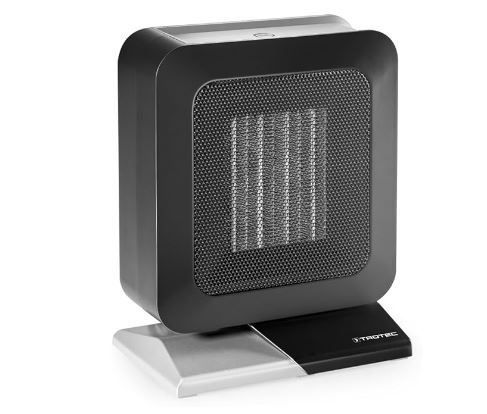
How do ceramic heaters work
Ceramic heaters
Ceramic heaters are a popular choice for home heating due to their energy efficiency, safety, and durability. These heaters work by using ceramic plates or coils as heating elements.
This article will explore the science behind ceramic heaters, their advantages over other types of heaters, and their limitations.
Science behind ceramic heaters
Ceramic heaters use ceramic plates or coils as heating elements.
The ceramic material is an insulator that prevents electrical shocks and promotes heat retention.
When electricity flows through the ceramic element, it produces infrared radiation that heats up the surrounding air. This infrared radiation is similar to the heat produced by the sun and is absorbed by objects and people in its path, providing warmth.
The ceramic material also helps to distribute heat evenly, making the heater more efficient.
Ceramic heaters are designed to be portable, making them an ideal choice for small spaces such as bedrooms, offices, or garages. They are also lightweight and easy to move from one room to another.
Advantages over other types of heaters
Ceramic heaters have several advantages over other types of heaters:
- Firstly, they are energy-efficient and consume less electricity than other heaters. This is because they use ceramic as a heating element, which retains heat and distributes it evenly, reducing the amount of energy required to heat a room.
- Secondly, ceramic heaters are safe to use as they do not produce flames or emit harmful gases. This makes them an ideal choice for families with children or pets. They also have automatic shut-off features that turn off the heater if it overheats or tips over, preventing accidents.
- Finally, ceramic heaters are durable and require minimal maintenance. They can last for many years without needing repairs or replacement, making them a cost-effective choice in the long run.
Ceramic heaters limitations
Despite their advantages, ceramic heaters have some limitations:
- Firstly, they have limited heating capacity and are suitable for small rooms or personal spaces. They may not be effective in heating large rooms or open spaces.
- Secondly, ceramic heaters take time to warm up and may not provide instant heat. This can be frustrating for those who need immediate warmth, especially during cold winters.
- Finally, ceramic heaters can be expensive compared to other types of heaters. However, their energy efficiency and durability can make them a cost-effective choice in the long run.
Conclusion
Ceramic heaters are a popular choice for home heating due to their energy efficiency, safety, and durability.
They work by using ceramic plates or coils as heating elements, which produce infrared radiation that heats up the surrounding air.
Despite their advantages, ceramic heaters have some limitations, such as limited heating capacity and slow warm-up time. However, their benefits make them a reliable and cost-effective choice for small spaces and personal use.
How to Optimize Your Google My Business Listing




